
Product test
Galaxy A16 5G: testing Samsung’s budget smartphone
by Jan Johannsen

In my search for a usable smartphone that was as cheap as possible, I started in the budget segment. I didn't really find what I was looking for there and have now arrived in the mid-range segment. The Samsung Galaxy A34 leaves nothing left to be desired, for which I would have to spend more money.
I want to know the minimum amount of money I need to spend on a usable smartphone. After my first attempt with the Nokia C12 ended disastrously, the Moto G13 more positive. The Nokia G60 took the second chance for the manufacturer and was able to justify its higher price at some points. With the Samsung Galaxy A34, I cross the border from entry-level to mid-range. And thus also the limit at which a smartphone is usable for me without major restrictions.
The back of the Galaxy A34 is made of single-colour plastic, which greasy fingers leave their mark on. The three camera lenses protrude slightly from the casing. The frame is discreetly rounded and the smartphone is comfortable to hold overall. The entire casing is IP67 waterproof. This means that it survived 30 minutes in one metre of water in tests without damage.
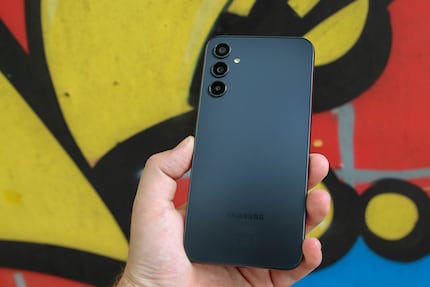
On the front, you can see a 6.6-inch Super AMOLED display. With a resolution of 2340 × 1080 pixels, a refresh rate of up to 120 hertz and a brightness of 1000 nits, it leaves nothing to be desired. The colours are vibrant and black is really dark. Use in sunshine is not a problem.
Samsung protects the display with Gorilla Glass 5, the same shatterproof glass used in the Nokia G60. More expensive smartphones have a newer version, Gorilla Glass Victus, but it is only slightly more stable.
The fingerprint sensor on the Galaxy A34 is located under the display. It unlocks the smartphone quickly and reliably. Even if its symbol is not visible, it starts working as soon as you place your finger in the right place on the touchscreen.
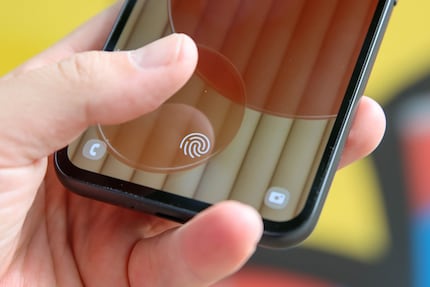
Samsung relies on the Dimensity 1080 processor from Mediatek for the Galaxy A34. Unlike the Galaxy A54, no in-house Exynos chip is used. In my test device, the processor is supported by six gigabytes of RAM. The internal memory comprises 128 gigabytes. Samsung also offers a variant with eight gigabytes of RAM and 256 gigabytes of internal memory. The internal memory of both variants can be expanded with a microSD card. Alternatively, there is also space for a second SIM card in the device.
The Galaxy A34 outperforms the Snapdragon 695 in the Nokia G60 in the Geekbench 6 performance test. The comparison with the Exynos 1380 of its sister model Galaxy A54 ends in a draw in single-core mode, while the more expensive smartphone comes out on top in multi-core mode. The Galaxy S23 Ultra with the Snapdragon 8 Gen 2 is in a league of its own.
In a nutshell: The Galaxy A34 has more than enough power for everyday use.
Samsung has installed a 5000 mAh battery in the Galaxy A34, which has the same capacity as the battery in the Galaxy S23 Ultra. It gets me through the day without any problems. If I take it easy when using it, I can stretch the battery life to almost two days. The smartphone draws a maximum of 25 watts when charging. This makes it as fast as the Galaxy S23 at this point. The first half of the battery is charged in around 30 minutes, after which the speed decreases. You need to plan around one and a half hours for a fully charged battery.
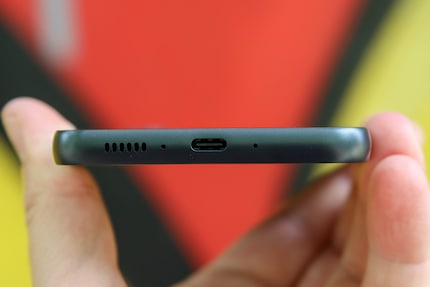
Unlike the cheaper smartphones in this series, the Galaxy A34 does not have a 3.5 mm jack for headphones. You can only pair them wirelessly via Bluetooth 5.3. I was disappointed to see Wi-Fi 5 on the data sheet. In practice, you shouldn't notice any difference in Wi-Fi, but Wi-Fi 6 would be appropriate for a current device. The Nokia G60 is better equipped in this respect. On the other hand, you don't have to worry about location tracking. With GPS, Glonass, Galileo and Beidou, the Samsung supports four different satellite systems. NFC is also on board for mobile payments.
Samsung delivers the Galaxy A34 with Android 13. The manufacturer provides Google's operating system with its One UI 5.1 user interface, which brings its own design and themes to the smartphone for customisation. There are also several functions that are not standard on Android: The ability to use two accounts in one messenger app with "Dual Messenger", the integration of Samsung Smartthings for smarthome control or QuickShare, a dedicated service for sharing files in the nearby environment.
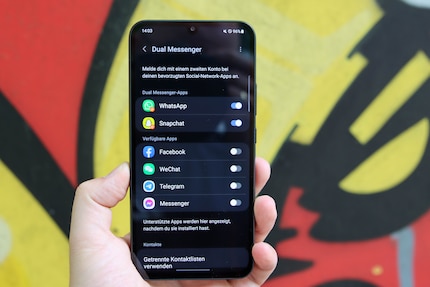
However, One UI also means that numerous Samsung apps and services are pre-installed. Although most of them can be uninstalled, you can't get rid of the Bixby voice assistant or the Galaxy Store - Samsung's app store - completely. However, you don't have to keep the four pre-installed apps from Microsoft or those from Spotify, Disney Plus and Facebook. Unnecessary apps therefore cause some work at the beginning, but for the most part they don't get in the way permanently.
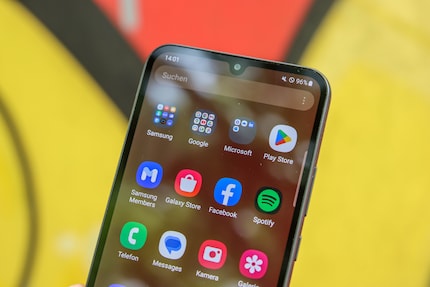
More positive than the many pre-installed apps is Samsung's update promise. The Galaxy A34 is set to receive four major Android updates - i.e. up to Android 17 - and five years of security updates.
The camera setup of the Galaxy A34 consists of three cameras on the back and one front camera:
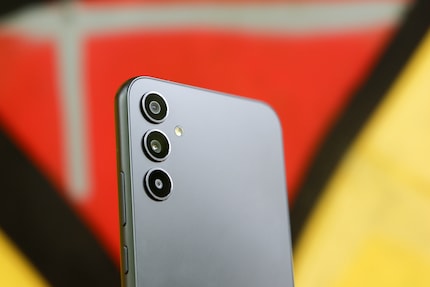
Samsung uses pixel binning for the main camera of the Galaxy A34. This is why the photos have a resolution of 12 megapixels by default. You have to select the full 48 megapixels in the settings. However, this means you lose out on numerous convenient camera functions.
The colour reproduction of the main camera looks natural and the level of detail is high.

Strong contrasts are no problem for the camera. It manages to balance out very dark and very bright areas.
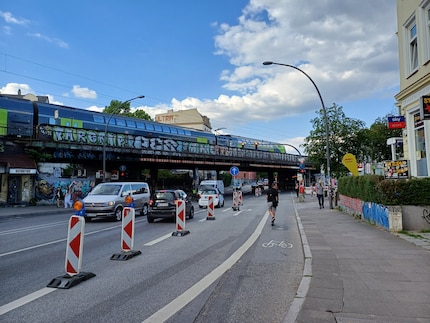
The pictures taken with the ultra-wide-angle camera also look good on the smartphone itself. The natural colour and good contrast balance are maintained even on larger screens. However, when I view the image in its original size on the computer, I notice that the level of detail is not as high as with the main camera.
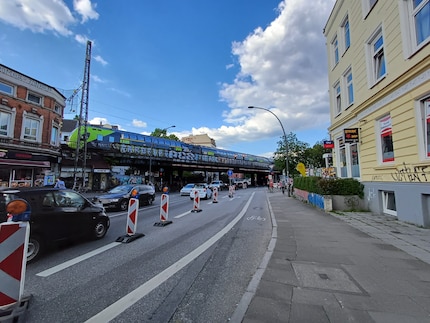
The Galaxy A34 only offers digital zoom. At 2x magnification, this is still presentable on the smartphone. At the maximum tenfold magnification, however, all details are lost.
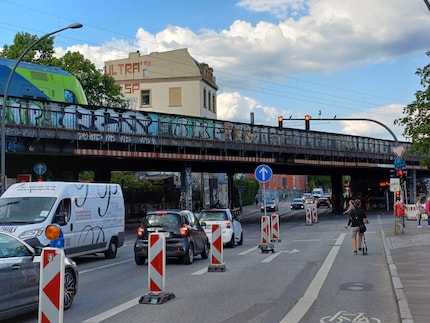
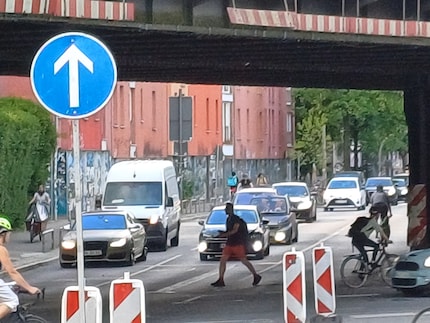
With a macro camera, you can get very close to your subject. And even though the camera only has a resolution of five megapixels, the images look significantly better than with 2-megapixel macro cameras.
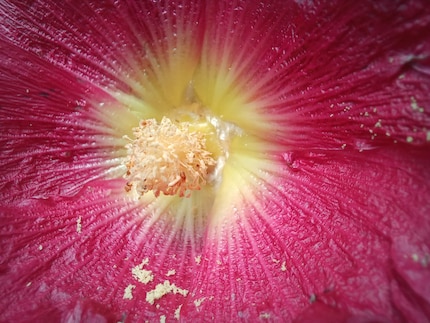
The main camera only delivers a blurred image from the same distance.

If I want to take a sharp picture with the main camera, I have to keep at least enough distance so that the image section is as shown in the following photo. If I crop this photo to the same image section, the macro camera delivers better image quality in comparison.
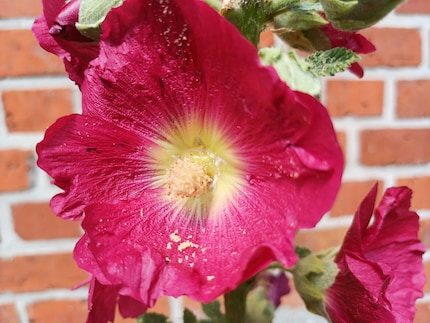
The portrait mode looks good at first. I am in focus, the background is blurred. On closer inspection, I notice unsightly transitions on my head - even without hair, which makes it rather difficult to draw clear boundaries.

I can edit the portrait shots in the Samsung Gallery app. I can adjust the level of blurring and turn the circles of light in the background into stars, hearts and other things. You can see the other effects in the video below.
In the dark, the automatic mode of the Galaxy A34 already brightens up the photo. The night mode also ensures greater sharpness and a better dynamic range.
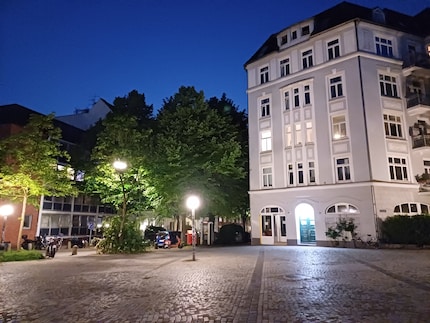
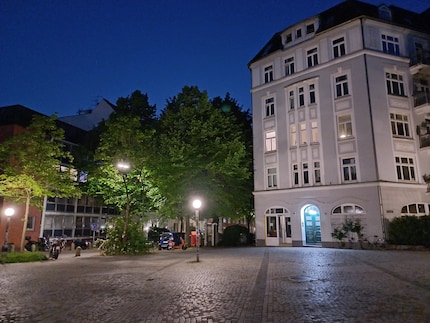
The wide-angle camera does not have a night mode. In the dark, it can only rely on the automatic mode, which delivers much darker images than the main camera.
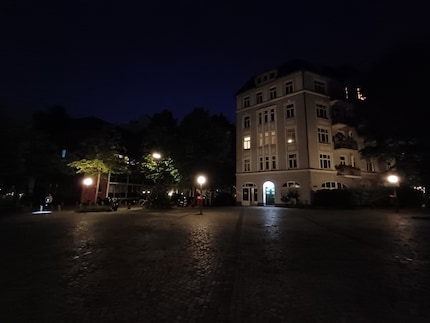
The 13-megapixel front camera delivers decent selfies. The level of detail is good and the colours have a slight tendency towards yellow. It is noticeable that the background is blurrier than with the front cameras of other smartphones, even without portrait mode active. If I switch on portrait mode, the blurring increases significantly.
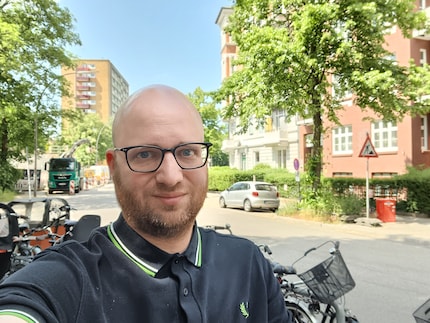

In the dark, I can tick the brightness box for the front camera - but not for sharpness and detail.
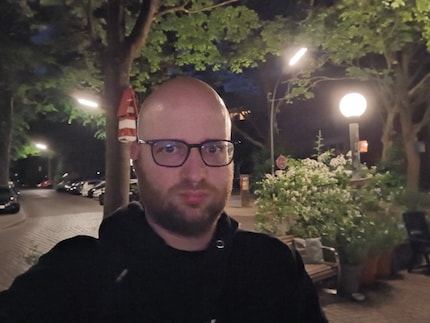
I would consider my question answered with the Galaxy A34 at the latest. You can spend more money on a smartphone, but you don't have to. The display is beautiful to look at, the hardware offers enough performance and the time periods for the promised updates allow for several years of use. However, I personally like the One UI with its many pre-installed apps less.
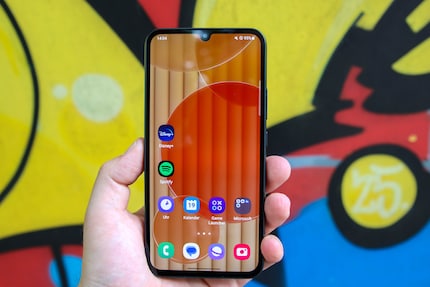
The battery has a large capacity and offers a long runtime. However, it does not charge very quickly. The main camera delivers good photos in daylight. In the dark or when using the other cameras, more expensive smartphones generally offer even better image quality.
If you want to spend a little less money and can do without an AMOLED display, the OnePlus Nord CE 3 Lite 5G worth a look. Spending a little more money on the Galaxy A54 is only worth it if you absolutely need Wi-Fi 6 or if the 0.2-inch smaller display is worth the extra charge.
Cover photo: Jan Johannsen
When I was but a young student, I'd sit in my friend's living room with all my classmates and play on his SuperNES. Since then I've had the opportunity to test out all the newest technology for you. I've done reviews at Curved, Computer Bild and Netzwelt, and have now arrived at Galaxus.de.